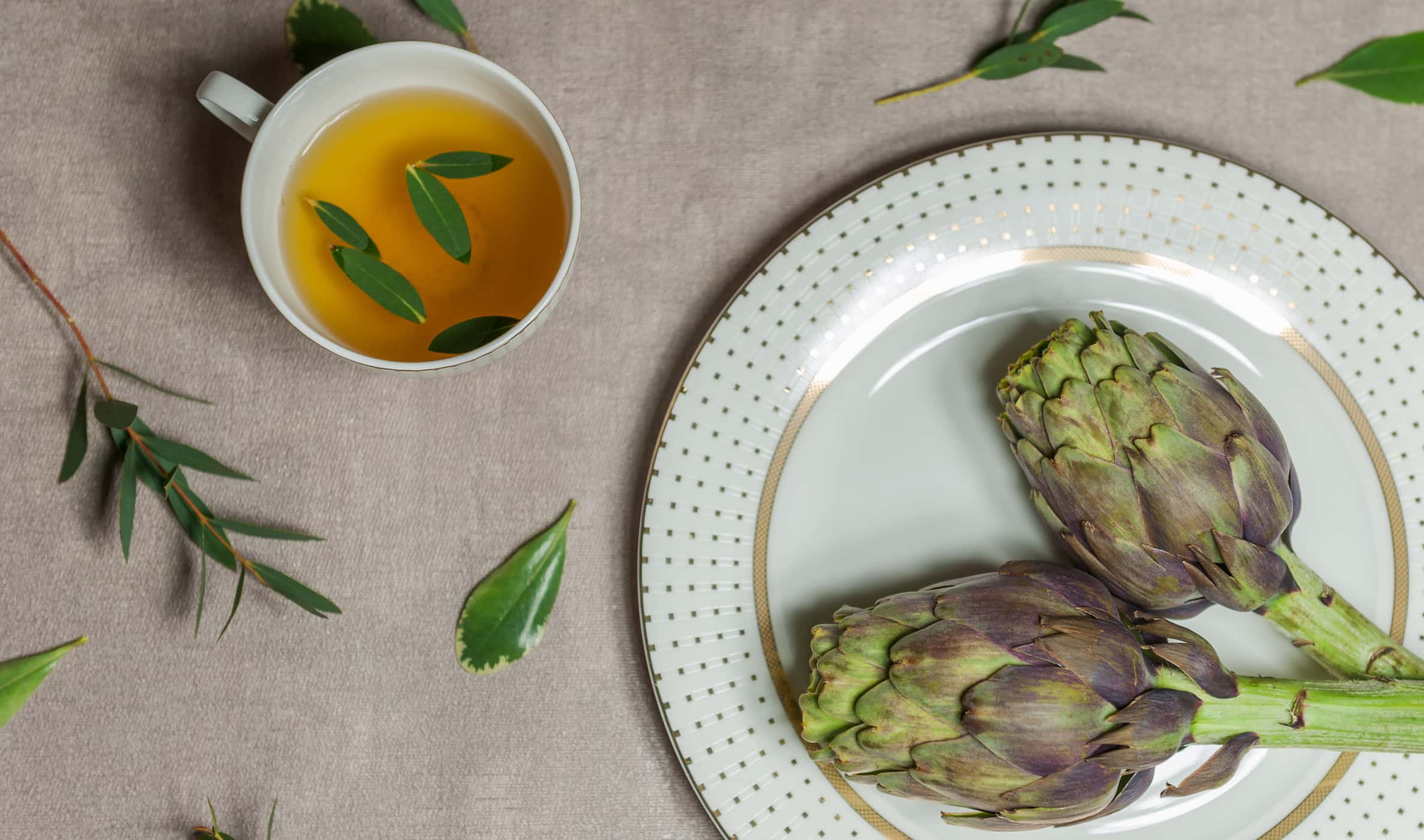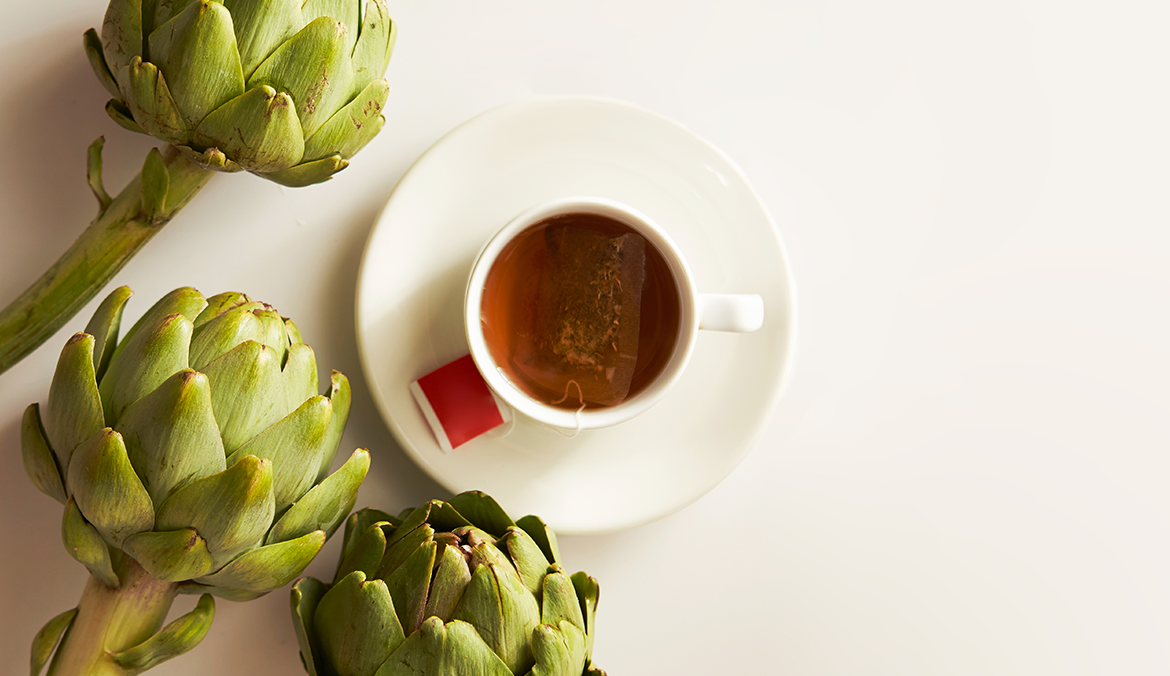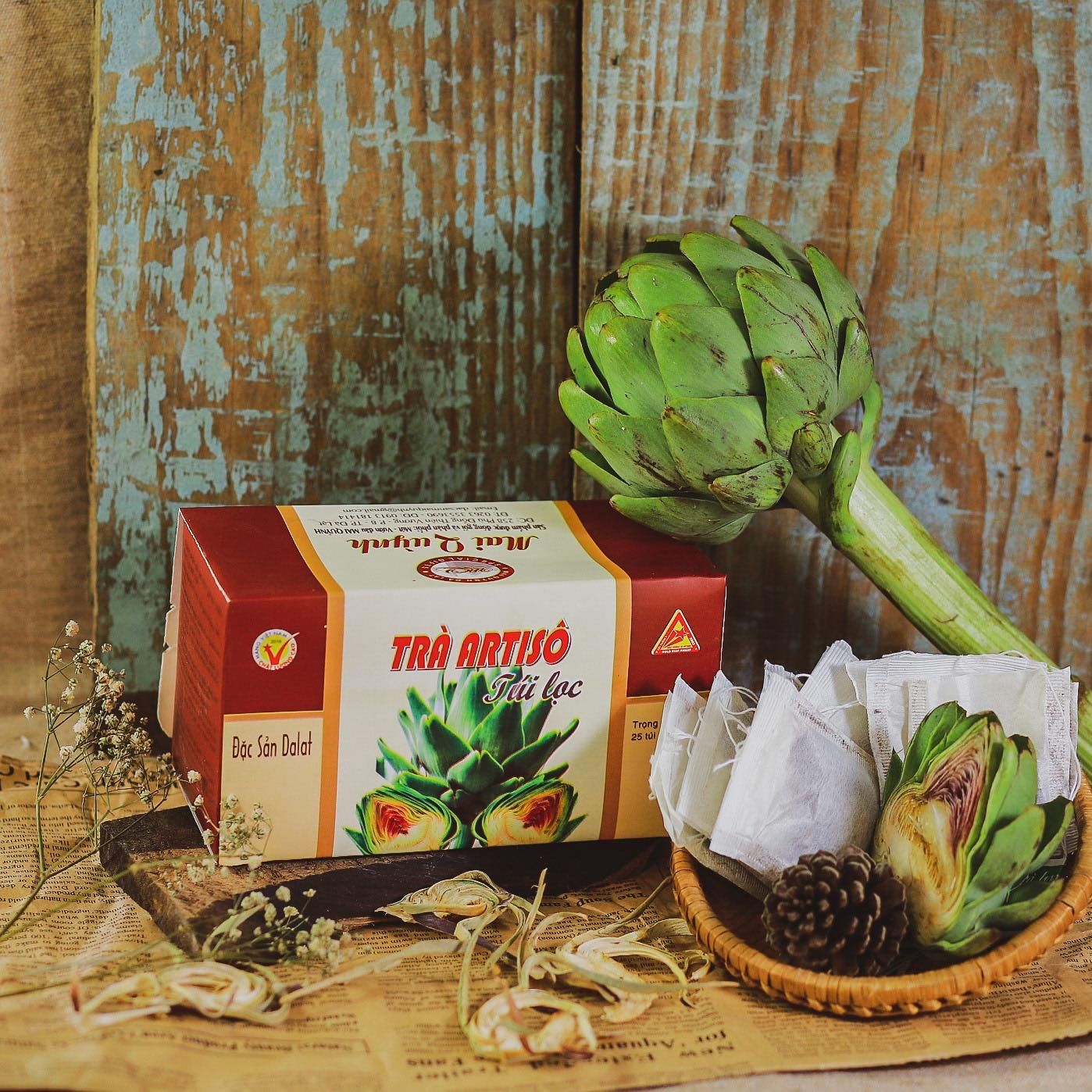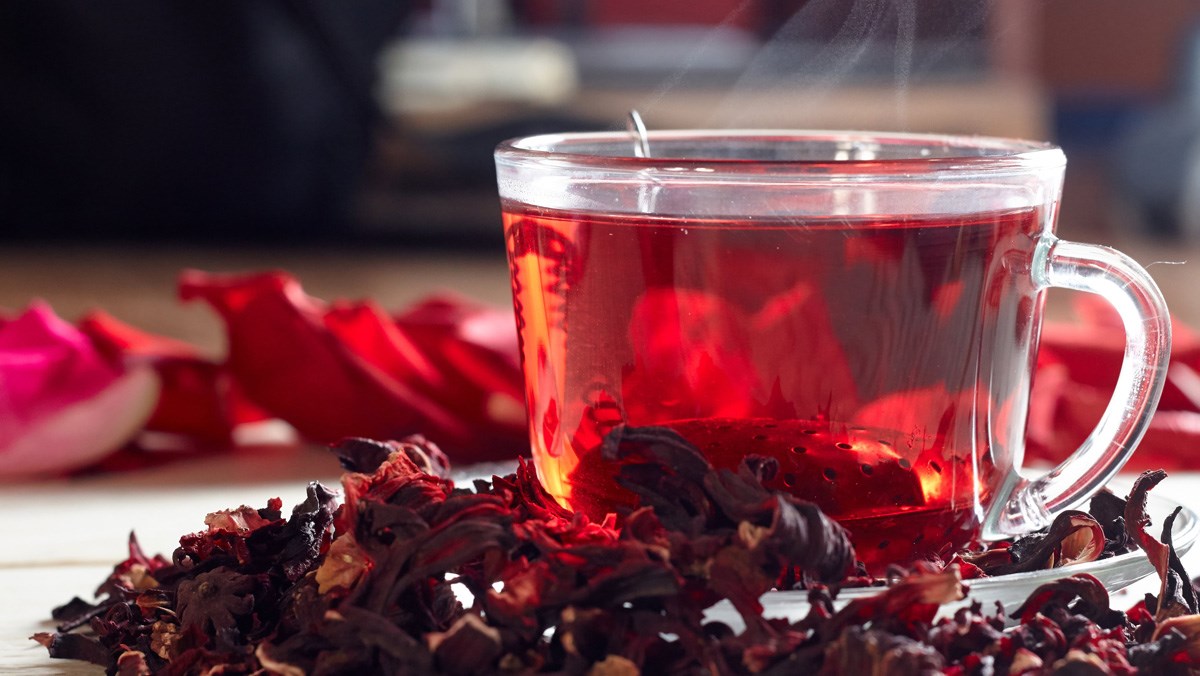As the popularity of herbal teas surges globally, Vietnamese artichoke tea stands out for its tastes and medicinal properties. Let’s delve into its origin, varieties, and health benefits, exploring how it has become a staple in the teacups of those within Vietnam and beyond.

Vietnamese artichoke tea, deeply rooted in the rich tapestry of Vietnam’s herbal tea culture, is a popular Vietnamese tea for visitors traveling to the S-shaped country. It boasts a unique flavor profile that offers a refreshing experience.
1. What is Vietnamese artichoke tea made from?
Vietnamese artichoke tea, as its name suggests, is made from artichoke. The artichoke used for this tea is primarily derived from two distinct plant species: Cynara Scolymus and Hibiscus Sabdariffa.

- Cynara Scolymus (green artichoke)
Cynara Scolymus is a thistle-like perennial plant introduced to Vietnam by the French in the 1940s. It found favorable conditions for growth in provinces such as Ha Giang, Lao Cai, Vinh Phuc and became particularly abundant in Da Lat. This variety of artichoke can reach heights of 1.5 – 2 meters when fully grown, with long leaves stretching from 50 to 80 centimeters. Various parts of the Cynara Scolymus plant, including the stem, flower, leaves, and roots, are dried and used to create tea bags known for their cooling and detoxifying properties. Cynara Scolymus is also extensively utilized for its ability to enhance liver function, regulate bile secretion, aid digestion, and improve skin health.
- Hibiscus Sabdariffa (red artichoke)
This variety has its roots in West Africa and was imported to Vietnam around 1970. It thrives in hot and humid climates, with widespread cultivation in provinces such as Hai Duong, Hung Yen, Khanh Hoa, etc. Like Cynara Scolymus, the Hibiscus Sabdariffa plant grows to heights of 1.5 – 2 meters. It bears red flowers with a mild sour taste. Renowned for its rich content of vitamins and antioxidants, Hibiscus Sabdariffa is particularly esteemed for its role in reducing blood pressure, lowering bad cholesterol, and providing essential nutrients for overall well-being.
Vietnamese artichoke tea, whether derived from Cynara Scolymus or Hibiscus Sabdariffa, reflects the rich diversity of herbal remedies in Vietnam. It has become an integral part of life in Vietnam along with other Vietnamese drinks.
2. What does Vietnamese artichoke tea taste like?

Vietnamese artichoke tea offers a delightful sensory experience, with distinct flavors depending on the type of artichoke used. Green artichoke tea presents a naturally sweet taste in a mild flavor profile. On the other hand, red artichoke tea boasts a unique tartness, offering an invigorating taste. The infusion process imparts a beautiful red hue to red artichoke tea, while green artichoke tea displays a characteristic yellow-green color.
3. Vietnamese artichoke tea health benefits and side effects

Vietnamese artichoke tea offers a myriad of health benefits, making it a popular choice for individuals seeking to enhance their well-being.
- Artichoke tea is particularly beneficial for those with weak liver function or elevated liver enzymes. The tea’s detoxifying properties aid in cleansing the liver of toxins, addressing symptoms such as rashes, itching, and dark-yellow urine.
- Regular consumption of artichoke tea, especially after meals, is recommended for individuals facing challenges in digestion, particularly those with a history of frequent alcohol consumption.
- Beyond its liver-cleansing effects, artichoke tea contributes to the improvement of skin health. Its ability to detoxify the liver results in smoother, more radiant skin with a reduced likelihood of acne and dryness.
- Rich in antioxidants, artichoke tea also helps boost the immune system and supports the overall digestive health.
Nonetheless, it is crucial to be aware of potential side effects associated with excessive or prolonged consumption.
- The electrolyte imbalance induced by prolonged and excessive use of artichoke tea can lead to detrimental effects on kidney function.
- Overconsumption may overly soften the liver, resulting in excessive secretion and an elevated risk of liver diseases.
- Excessive artichoke intake can also disrupt the digestive system, causing abdominal discomfort, bloating, and difficulties in digestion due to its gallbladder-contracting properties.
- The high iron content in artichoke, if consumed excessively, can lead to elevated blood iron levels, potentially causing a loss of appetite and fatigue.
In light of this, experts suggest limiting the use of dried artichoke to 10 – 15 grams, or 10 – 20 grams of its extract with water when consumed fresh, on a daily basis. It is not recommended to substitute artichoke tea for daily water intake, especially over an extended period of a month. It is advisable to enjoy artichoke tea continuously for just 10 days and take a break before starting another cycle.
4. How to make a cup of Vietnamese artichoke tea at home?
4.1. Vietnamese green artichoke tea
Ingredients:
- 3 – 4 medium-sized artichoke flowers
- 1 bunch of pandan leaves
- Sugar
Instructions:
- Prep
- Cut off the long stems of the artichoke flowers and give them a good wash.
- Clean up the pandan leaves and roll them into a neat bundle.
- Toss the artichoke flowers and pandan leaves into a pot, add 3 – 4 liters of cold water, and bring it to a boil.
- Lower the heat. Let it simmer until the artichoke flowers are soft and that sweet flavor really comes through.
- Boil: Boiling artichoke flowers takes around 1 – 1.5 hours if you are using a regular pot. To speed things up, you can use a pressure cooker. Fish out the artichoke flowers and pandan leaves, toss in some sugar, and keep simmering until the sugar completely dissolves. You can add honey to make the tea sweeter.
- Enjoy: Once your artichoke tea has cooled down, pop it into a container and stash it in the fridge for a refreshing sip whenever you please.
4.2. Vietnamese red artichoke tea
4.2.1. Fresh red artichoke tea

Ingredients:
- 4 – 5 fresh red artichoke petals
- Ginger, sugar, honey
Instructions:
- Rinse the artichoke petals with warm water.
- Place the petals in boiling water.
- Add some ginger, sugar, or honey to taste.
- Stir well.
- Boil for about 4 – 5 minutes, then pour into a cup and enjoy.
4.2.2. Dried red artichoke tea
Ingredients:
- 4g of dried red artichoke flower tea
- 250ml of boiling water and 250ml of cooled boiled water
- Rock sugar or honey
Instructions:
- Rinse the dried red artichoke with hot water to remove impurities. This ensures the tea has a beautiful color and a better aroma.
- Steep the tea with the boiling water for 15 minutes.
- Mix the cooled boiled water with sugar or honey, depending on your taste.
- Combine the tea-infused water with the rock sugar/honey mixture and savor.
5. Where to buy Vietnamese artichoke tea bags?

You can purchase Vietnamese artichoke tea bags from local grocery stores, supermarkets, and specialty food stores. Alternatively, online retailers like Amazon and eBay offer convenient options for ordering tea bags from the comfort of your home. If you are in Vietnam, there are many specialty tea shops that provide high-quality Vietnamese artichoke tea. Here are some popular ones to consider:
- Artichoke Tea Thai Bao
- Artichoke Tea L’angfarm
- Artichoke Tea Tam Chau
- Artichoke Tea Hoa Lam
- Artichoke Tea Vinh Tien

